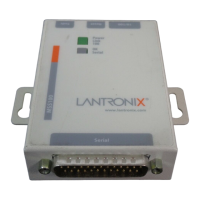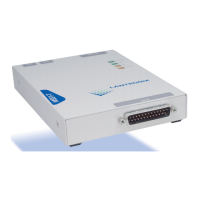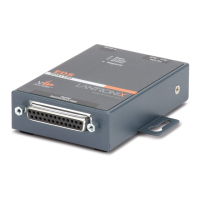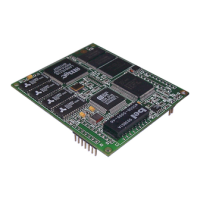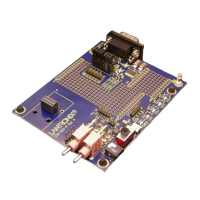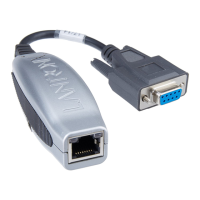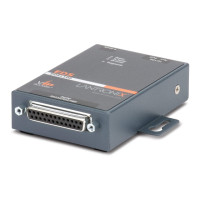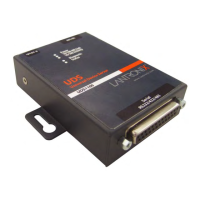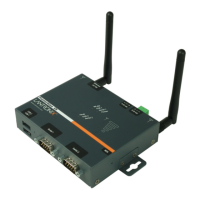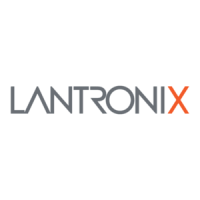Introduction TCP/IP Support
1-3
TCP/IP Support
The MSS supports the TCP/IP network protocol. A network protocol is a method of communicating over
Ethernet. The protocol specifies a certain arrangement of data in the Ethernet packets, and provides different
services for its users.
TCP/IP support includes Telnet, Rlogin, UDP, DNS, and WINS. The Telnet terminal protocol is an easy-
to-use interface that creates terminal connections to any network host supporting Telnet. Rlogin is a
protocol that allows users to initiate a TCP/IP login session. UDP (User Datagram Protocol) is a
connectionless protocol that results in smaller packet headers, no session overhead, and the ability to send
to multiple hosts. The MSS also supports the use of Domain Name Servers (DNS), allowing a network
nameserver to translate text node names into numeric IP addresses. For WINS support, the MSS can be
configured to announce itself as a WINS node.
The MSS also implements basic Simple Network Management Protocol (SNMP) functionality. SNMP
commands enable users, usually system administrators, to get information from and control other nodes on
a local area network (LAN), and respond to queries from other network hosts. The MSS allows
configuration of one community name with read/write access. Instructions for SNMP configuration are
available in the
SNMP
section of this guide
, page 4-4
.
Terms
The following terms are used throughout this manual.
Host
A computer attached to the network. The term host is generally used
to denote interactive computers, or computers that people can log into.
Local Mode
The MSS user interface. It is used to issue configuration and session
management commands and to establish connections. When in Local
mode, users will see a
Local>
prompt.
Node
Any intelligent device directly connected to the Ethernet network such
as a host, a printer, or a terminal server. All nodes have their own
Ethernet addresses. The MSS is a node. Devices connected to the MSS
are not nodes.
Server/server
Server, when capitalized, refers to your Lantronix MSS server
product. When not capitalized, it refers to a generic network server
machine.
Session
A logical connection to a service. A typical session is a terminal
connected to a host through the server.
Manual Conventions
Commands are always printed in bold. Variables are printed within brackets [ ]. Commas are used to
separate more than one variable, whereas a dash is used to indicate a range of variables. For example:
Change Port Autobaud
applies to the current port
Change Port 2,4 Autobaud
applies to ports 2 and 4
Change Port 2-4 Autobaud
applies to the ports 2, 3, and 4
Note:
The Port and Server keywords are missing from the command names listed in the MSS
Reference Manual. For example, Change Server Bootgateway is listed as Change
Bootgateway.
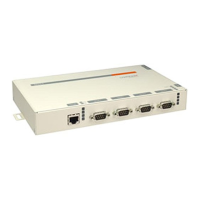
